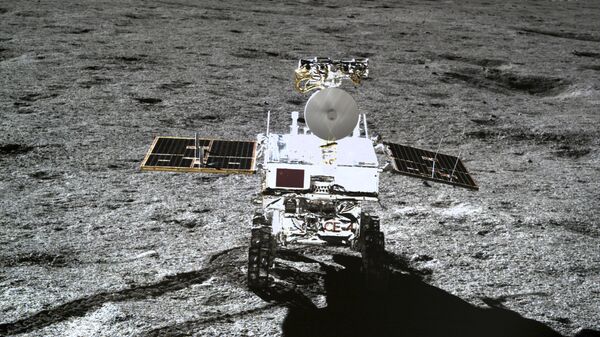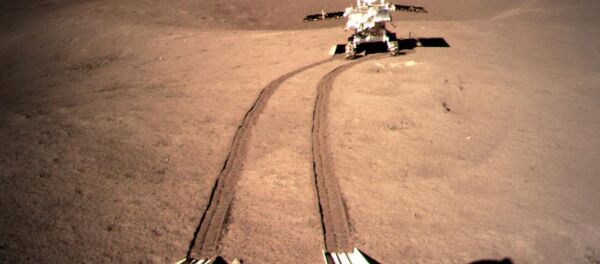China's Chang'e-4 spacecraft and its Yutu-2 lunar rover have entered sleep mode to wait out the cold lunar night, during which temperatures can plunge to as low as —190 degrees Celsius, a press release by the China Lunar Exploration Program has confirmed.
The mission, which landed on the far side of the Moon on January 3, powered down at 7 PM on Sunday Beijing time in preparation for the lunar sunset 24 hours later. Lunar nights last roughly two Earth weeks, with the Yutu-2 expected to wake up February 28, and the Chang'e-4 following a day later on March 1.
Chinese space scientists say all systems aboard both devices are operating as normal, and that experiments are continuing as planned.
Yutu-2 is the second Chinese lunar rover to be sent to the Moon's surface, and follows the 2013 Chang'e-3 mission, which saw the original Yutu rover travel 114 meters before becoming immobilized during its second lunar daytime outing. Yutu-2 featured a number of upgrades to improve reliability.



